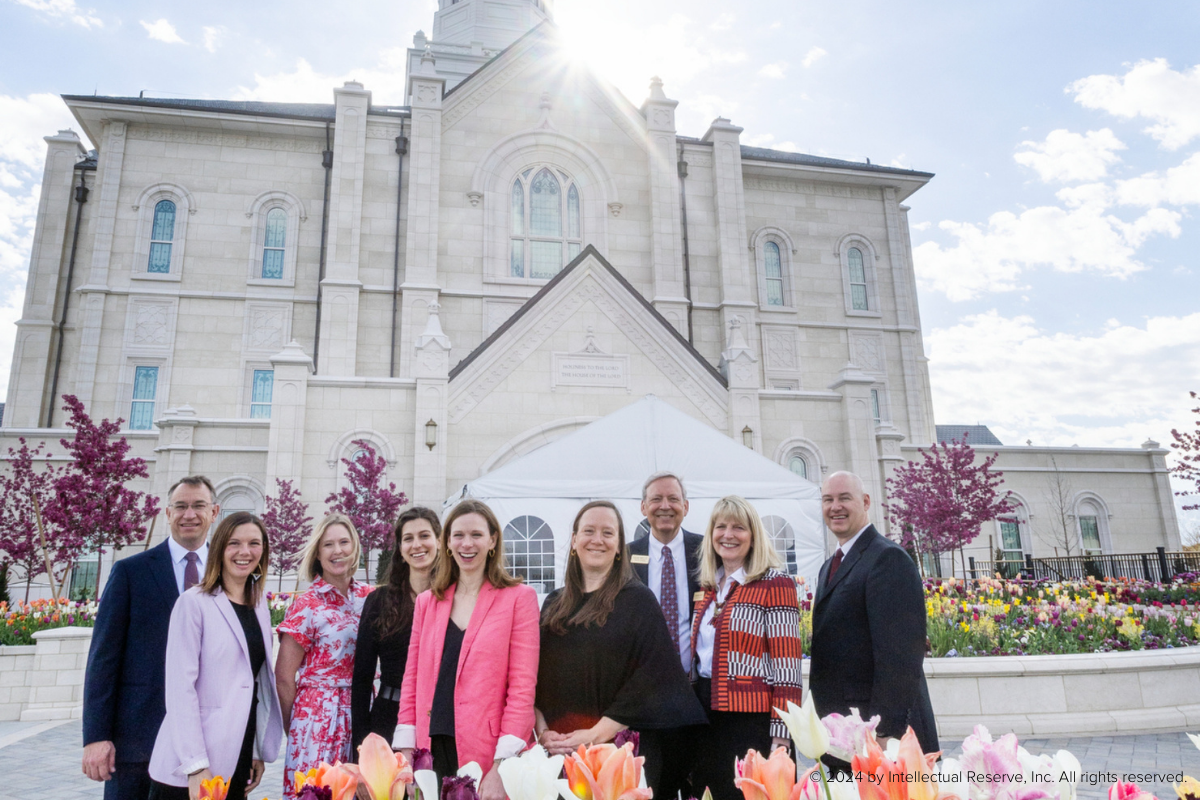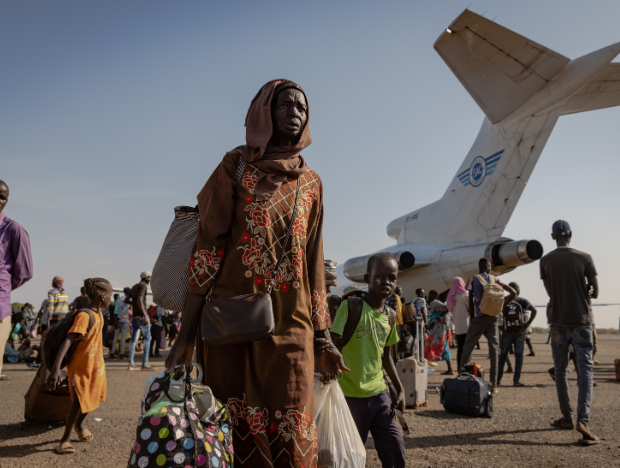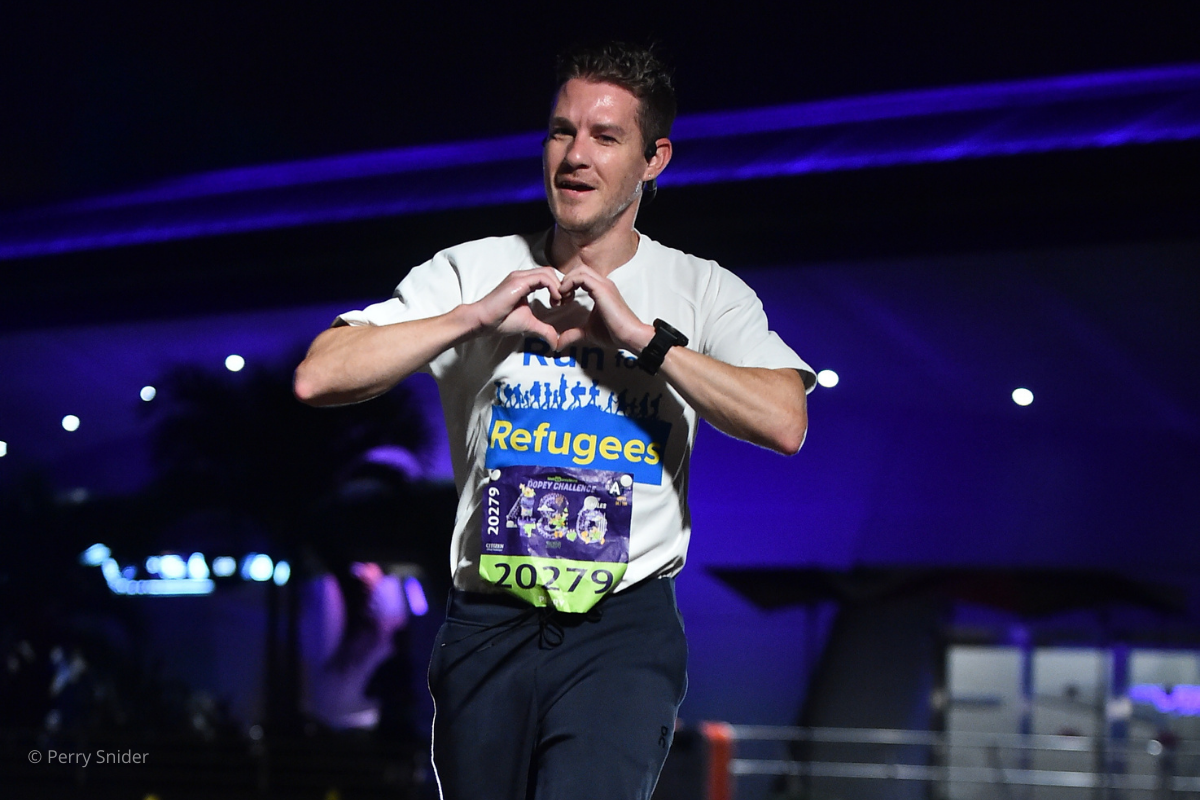Five Takeaways from UNHCR's 2023 Education Report
For millions of young people, being forced to flee from home often means an interruption to their education. This has been the case for many Ukrainian children forcibly displaced from their homes due to the Russian invasion of Ukraine. Half of all school-aged refugee children from Ukraine are now out of school. Refugee children often face barriers to education that non-refugee children don’t face, creating wide disparities in access.
The UN Refugee Agency’s (UNHCR’s) 2023 Education Report draws on data from more than 70 countries worldwide to provide the most comprehensive look at the state of refugee education and enrollment globally. Despite areas of progress, more than half of the world’s 14.8 million school-aged refugee children remain out of formal education, risking their future prosperity and denying them the chance to fulfill their potential.
Here are five takeaways from UNHCR’s report, “Unlocking Potential: The Right to Education and Opportunity.”
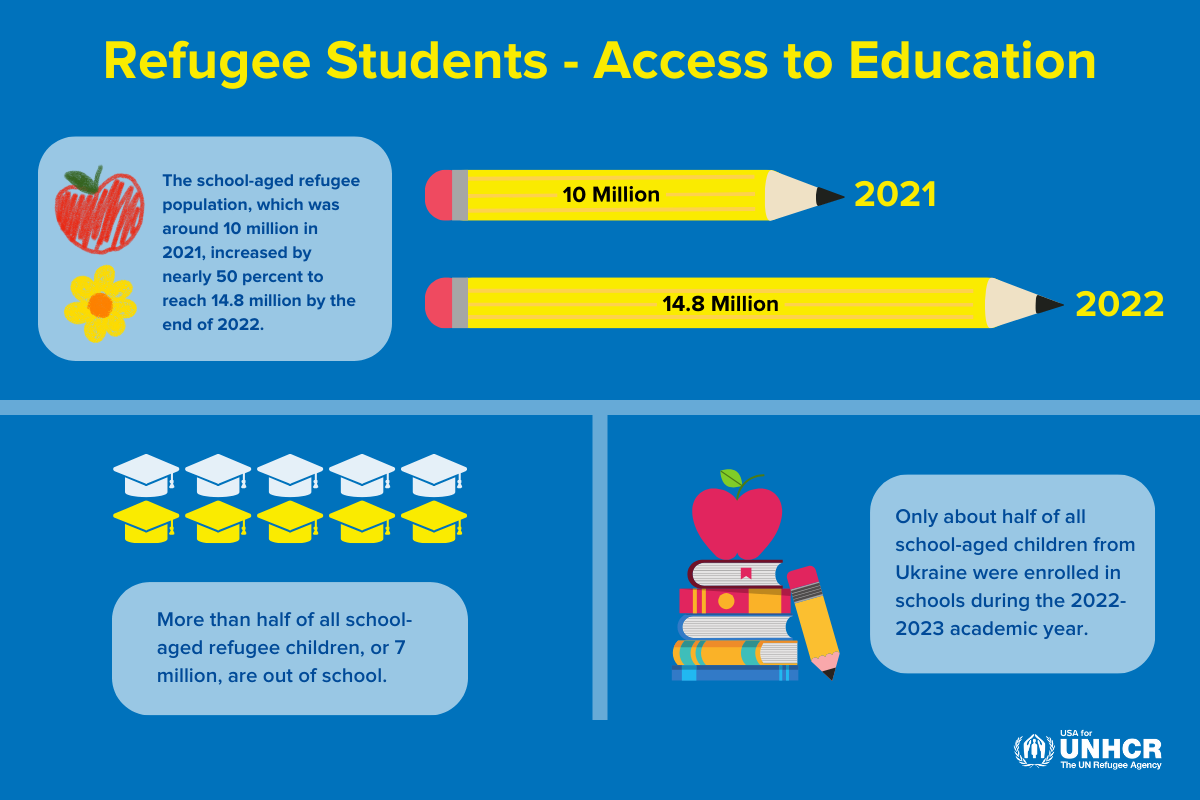
1. More than half of all refugee children are not in school.
By May 2023, as a result of the Russian invasion of Ukraine, the number of forcibly displaced people across the world had doubled over the past decade, reaching 110 million. Of those forcibly displaced in 2022, at least 35.3 million were refugees — 76 percent of whom live in low- and middle-income countries.
The school-aged refugee population, which last year was around 10 million, increased by nearly 50 percent, reaching 14.8 million at the end of 2022. More than half of all refugee children, or over 7 million, are not enrolled in school.
2. Refugee enrollment in education varies by education level, with steeper drop-offs at the next level.
This year’s UNHCR Refugee Education Report provides the clearest picture yet of refugee student enrollment rates, with data collected from over 70 refugee-hosting countries, compared to just 40 countries the previous year. However, the data indicates that similar to previous years, enrollment rates for refugees increasingly drop off as they advance in their education.
The report reveals that average gross enrollment rates for refugees stand at 38 percent at the pre-primary level, 65 percent at the primary level, 41 percent at the secondary level and 6 percent at the tertiary level. The reason for the steep drop off is due to limited educational opportunities at secondary and tertiary levels.
UNHCR continues to work towards 15 percent enrollment of refugees at the tertiary level by 2030 (the 15by30 target), supporting this effort through educational programs that empower young refugees to pursue higher education.
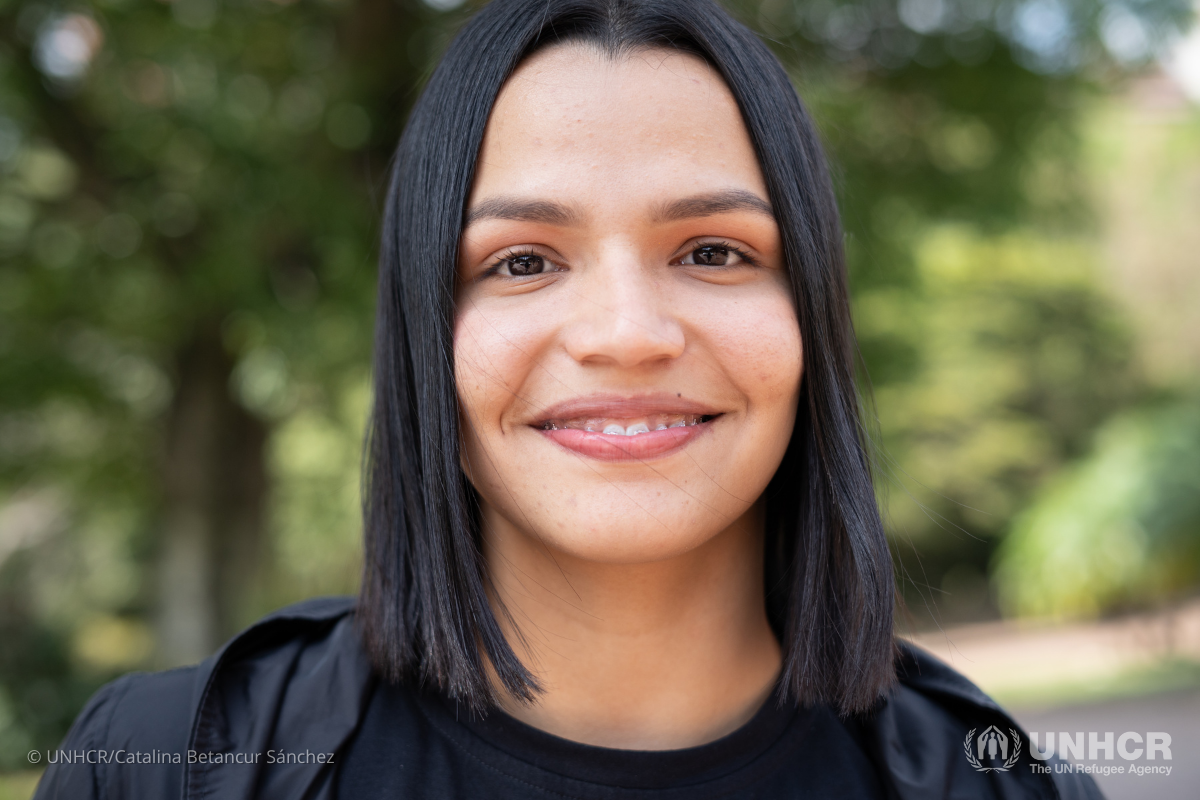
Zair is a displaced 21-year-old Venezuelan student living in Colombia. She is currently in her first year of university and is studying Industrial Engineering. She is one of several students pursuing higher education through the DAFI (Albert Einstein German Academic Refugee Initiative) scholarship program supported by UNHCR.
Zair is part of the first generation of DAFI Scholars in Medellín, Colombia. "Supporting refugee and displaced students is about giving them an opportunity, empowering them with education and breaking the cycle of adversity. Their success not only enriches their lives but also contributes to the development of our societies."
3. There is near gender parity among refugee students on average.
On average, there is gender parity among refugee students when it comes to access to education in reporting countries. An average of 63 percent of males and 61 percent of females are enrolled at the primary level, while 36 percent of males and 35 percent of females are enrolled at the secondary level.
Despite this positive trend, individual refugee-hosting countries like Senegal and Gabon are still struggling with significant gender gaps.
4. Almost half of all school-aged refugee children from Ukraine are missing out on formal education.
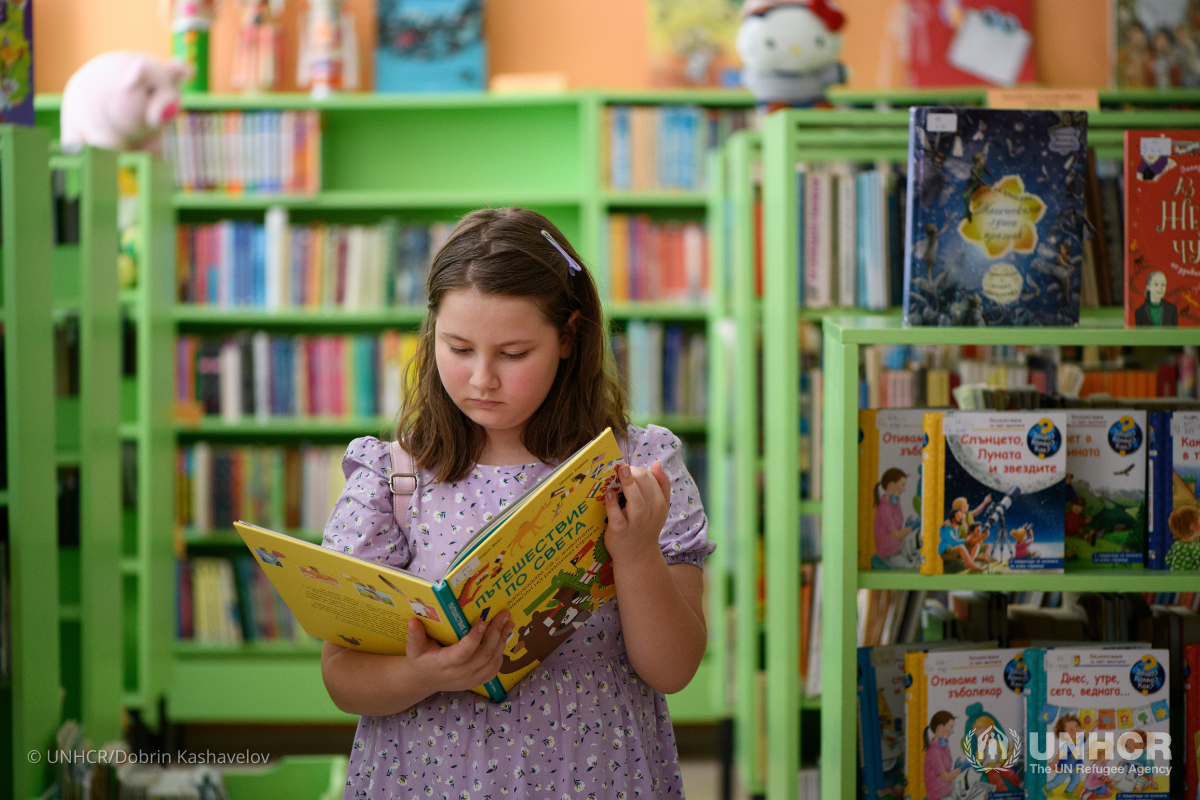
Sophia is a 9-year-old Ukrainian refugee who was forced to flee with her family. Sophia, her mother, older brother and father fled from Kyiv and arrived in Bulgaria in March 2022. Sophia has been attending a local middle school since last year and is considered a model student. She is already fluent in Bulgarian and has impressed her principal and teachers with her grades.
While Sophia has excelled in her new environment, this has not been the case for all Ukrainian students. In an education brief released by UNHCR, it is reported that while 30 to 50 percent of the 5.9 million Ukrainian refugees across Europe are children, only about half were enrolled in schools during the 2022-2023 academic year.
Some factors contributing to low enrollment rates include: legal and language barriers, lack of information on available education options, hesitancy among parents to enroll their children in host countries’ education systems and lack of capacity of schools in host countries to support Ukrainian students.
Unless urgent action is taken, hundreds of thousands of Ukrainian refugee children will continue to miss out on education this year.
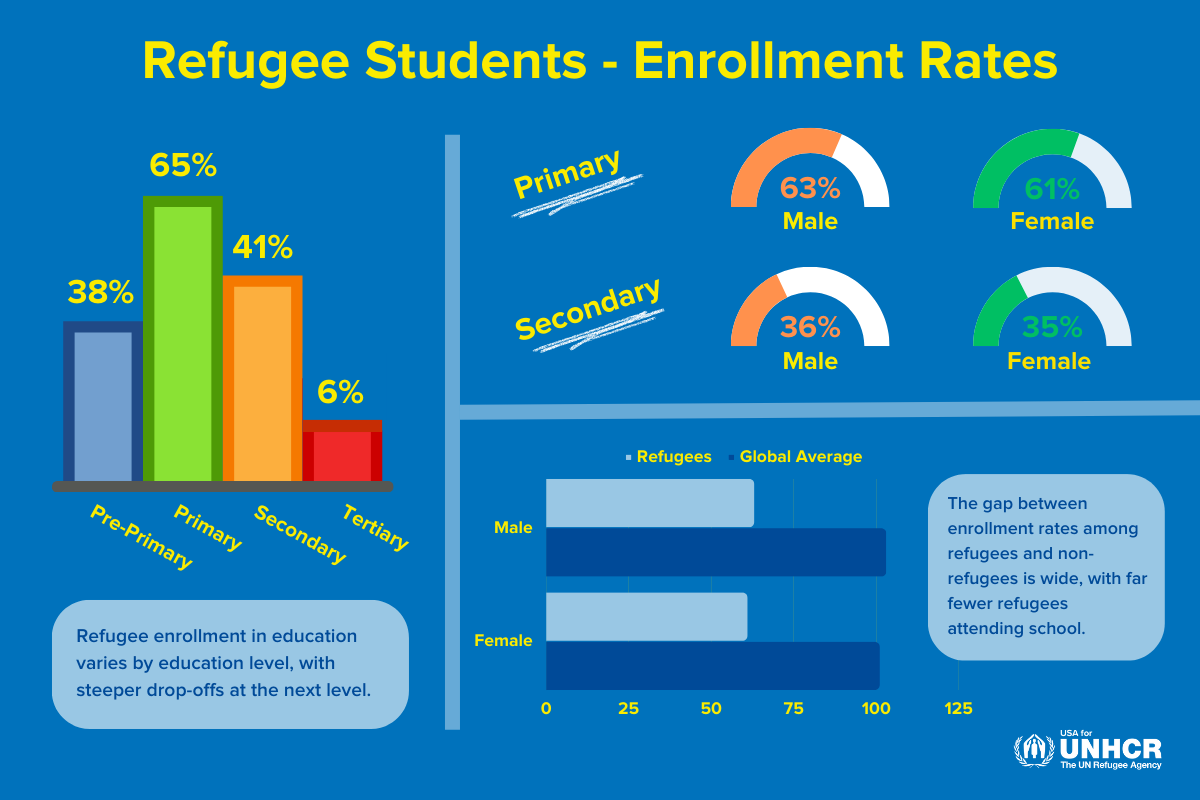
5. The gap between enrollment rates among refugees and non-refugees is wide, with far fewer refugees attending school.
Despite positive trends in near gender parity among refugee students on average, there is still a significant disparity in average access rates to education between refugee and non-refugee students. In 2022, the global average of primary gross enrollment rates was 103 percent for males and 101 percent for females, compared to 63 percent for refugee males and 61 percent for refugee females, respectively. This divide is even greater at the secondary level where access rates for refugee students are less than half the global average.
With the right opportunities, refugee students have proven to excel in school. UNHCR’s 2023 Education Report illustrates that while few refugee students sit for national exams, when they do, they have high pass rates at all levels - at times exceeding the national average. With the right support from donors, civil society, and other partners, refugee-hosting countries can fully welcome refugee children and youth into national education systems, ensuring inclusivity and opportunity for all.
How to Help…
More than half of all refugee children today are not enrolled in school. As the displaced population rises each year, a significant and increasing proportion of the world’s children are missing out on an education. By becoming USA for UNHCR’s newest monthly donor, you can play a vital role in helping displaced refugees thrive and achieve their dreams through the pursuit of education.
